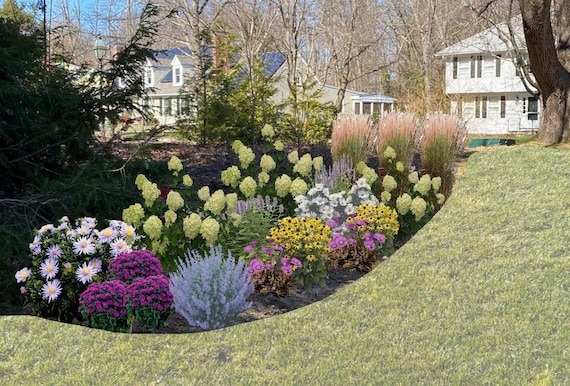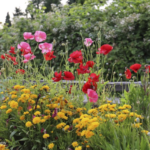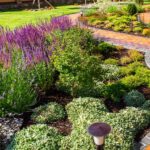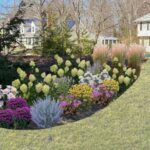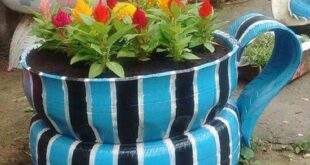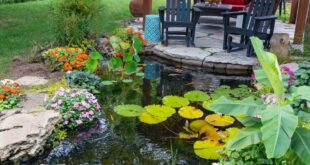Butterfly gardens are a beautiful and beneficial addition to any outdoor space. By creating a welcoming environment for these delicate creatures, you can help support their population while also adding a touch of natural beauty to your garden. Here are some ideas to help you create a successful and thriving butterfly garden.
First and foremost, it’s important to choose the right plants for your butterfly garden. Butterflies are attracted to nectar-producing flowers, so be sure to include a variety of brightly colored, fragrant blooms such as lavender, coneflowers, and butterfly bush. Remember to plant in clusters rather than scattered throughout the garden, as this will make it easier for butterflies to find the nectar-rich plants.
In addition to nectar-producing flowers, it’s also important to provide host plants for butterfly larvae to feed on. Different species of butterflies have specific host plants that they rely on for their caterpillars to feed and grow, so be sure to research which plants are best suited for the species in your region. For example, monarch butterflies rely on milkweed plants for their larvae, while swallowtail butterflies prefer plants such as parsley and dill.
Creating a water source is another important aspect of a successful butterfly garden. Butterflies need a source of water for drinking and cooling off, so consider adding a shallow bird bath or small pond to your garden. Be sure to include rocks or pebbles for butterflies to perch on while they drink, as this will make it easier for them to access the water.
To attract a wide variety of butterflies to your garden, consider adding features such as a butterfly house or feeder. These structures provide shelter for butterflies during bad weather and give them a place to rest and feed. You can also create a butterfly puddle by filling a shallow dish with sand, water, and a bit of salt to provide essential minerals for the butterflies.
Another important aspect of a successful butterfly garden is creating a safe and pesticide-free environment. Butterflies are highly sensitive to chemicals, so be sure to avoid using pesticides and herbicides in your garden. Instead, opt for natural pest control methods such as companion planting or introducing beneficial insects that will help keep harmful pests at bay.
Lastly, be patient and enjoy the process of watching your butterfly garden come to life. Creating a thriving habitat for butterflies takes time, so don’t be discouraged if you don’t see immediate results. With a little patience and care, your garden will soon be teeming with colorful butterflies fluttering about, adding a touch of magic to your outdoor space.
 yishifashion Where Outdoor Dreams Become Reality
yishifashion Where Outdoor Dreams Become Reality
